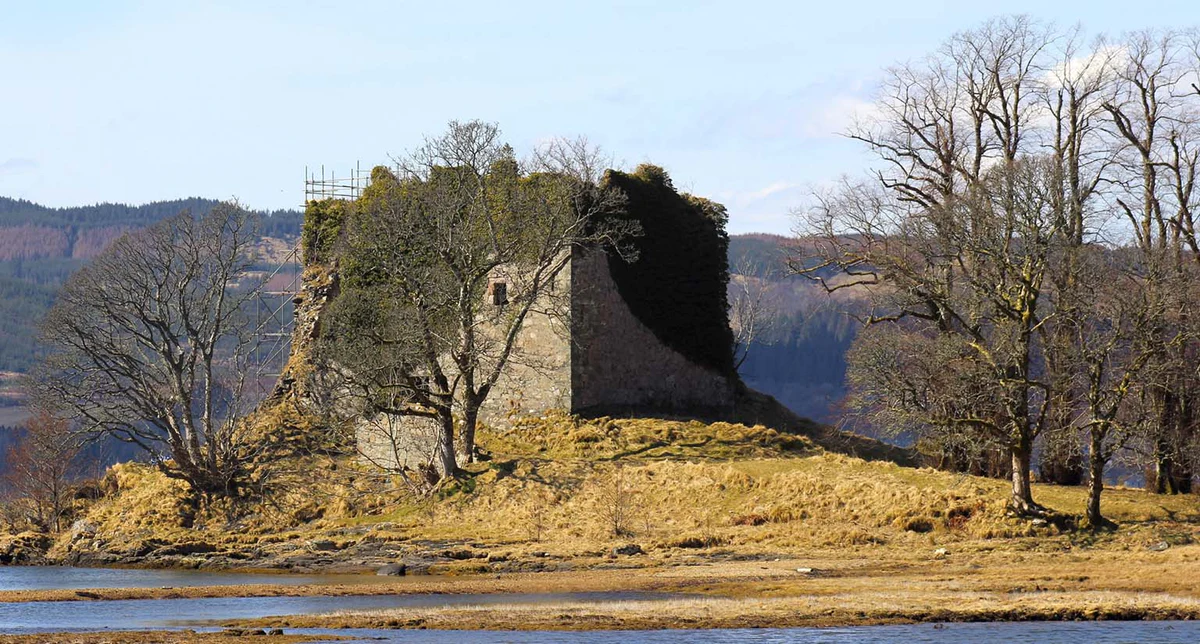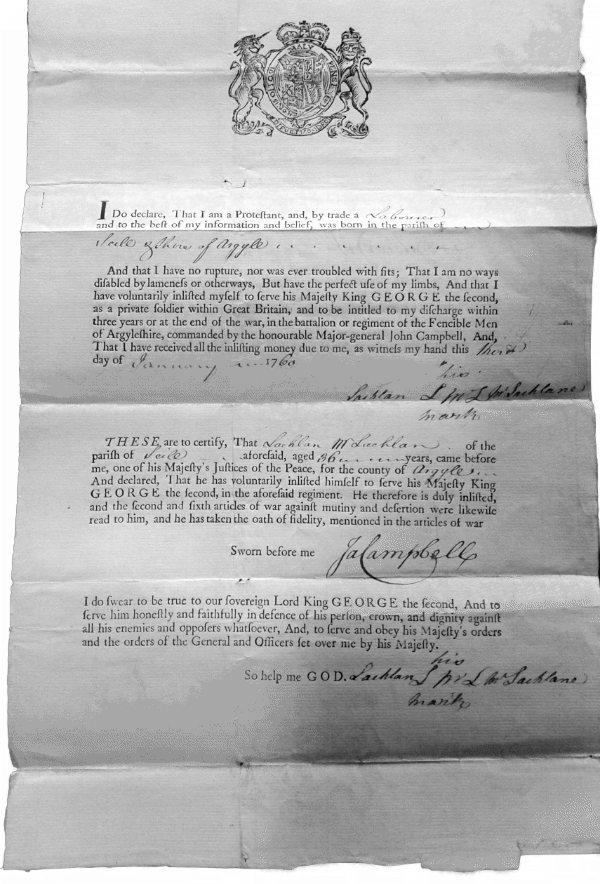
In response to recent comments, the cases of Alistair Campsie and Simon Fraser are quite different. When the Fraser material in the National Library of Scotland was ‘opened’ to research I did some work on the subject for the late Roddy Cannon.
Although Fraser’s MS could be seen as an alternative approach or style, the problem was the claim that it was writ on tablets of stone directly from the MacCrimmons. It was not, and Fraser’s claimed ‘piping genealogy’, so to speak, did not stack up.
By Keith Sanger
In the case of Campsie, his claims that the MacCrimmons were a myth, ignored much published evidence which was certainly not down to Angus MacKay but to more solid research (the work of Rory Halford MacLeod for example).
I suspect that the fixation on MacKay’s later illness could be attributed to Campsie’s earlier career. I understood from a friend who knew him in their younger days when they were both journalists on the same newspaper, that apart from their normal reporting, their editor had randomly given each member of staff a more specialist subject to report on, whether they knew much about it or not.
Campsie was handed the remit for medical related subjects, a recipe for a little superficial knowledge leading to wrong conclusions.
With regard to the other comment made, I have long suspected that the reason for the order of piping families given by Joseph MacDonald in his ‘Compleat Theory of the Scots Highland Bagpipe’, c.1760, which listed Mull first and then Skye, was, that while he was aware of the Skye families of MacArthur and MacCrimmon, he had never been to Skye or met them.
Whereas while he was staying with his brother Patrick in the manse at Kilmore in the Argyll Presbytery he may have come into contact with the then current practicing representative of the Rankine family -presbytery meetings moved around the parishes.
John Rankine, who having served in the Argyle Militia during the ’45, was, from 1752, running a changehouse on Mull.
On another matter, some years ago, a bank in the north was clearing its vaults and among the deposits was a wooden box with definite piping interest within. Lacking clear records of ownership, the box was transferred down to an Edinburgh branch with a piping friendly manager.
A group including Hugh Cheape and Roddy Cannon was assembled to inspect the contents: a large collection of glass photographic slides of several of the known piping manuscripts all made by General Thomason the compiler of ‘Ceol Mor’. For long term safekeeping they were transferred to the National Museum of Scotland.
Spring cleaning has once more led to the emergence of another important addition to piping history. In this case it was a lawyer’s office clearing their vaults prior to moving to new premises. They found documents belonging to the Clan MacLachlan which the clan did not know they had.

As their records had previously been surveyed by the National Register of Archives for Scotland the same body was contacted to undertake an additional survey. An item of considerable piping interest surfaced and is now catalogued as NRAS 4360/1/32.
It was a 1688 ‘contract’ between MacLachlan of MacLachlan and his piper William MacIntyre. It is the earliest such contract to date. The new discovery landed on my lap through contacts at the NRAS.
The Minute of Agreement is between Lachlan McLachlan of that Ilk and William McIntyre whereby the latter agrees to become the former’s piper ‘whenever demanded or required and health permitting, for the space of 11 years to begin on 1 May 1688 for which he will be paid 40 merks.’ [A merk was worth about 14 shillings in old Scots currency.]
‘McLachlan sets in tack to McIntyre the half of the lands of ‘Leslieohenchabell’ for five years for which he will pay 25 merks, 2 bolls and a half beir, etc, Kilmorie, 10 March 1688.’
The place name of the piper’s holding is clearly scrambled but it might be possible to untangle the location.
I would also speculate from similar agreements I have come across, that the value on the ‘two bolls and a half of bier’ [a boll is a dry measure; bier is barley] would be equivalent to 15 merks.
This, together with the rent of 25 merks, would equal his salary of 40 merks. In other words he was sitting rent free but presumably anything he made from the land was his, tacksmen being entitled to sublet portions of their land to other tenants.


























Rab, fascinating article. Whilst Campsie has many detractors I think it would be wrong to dismiss all he says as inaccurate and underestimate his research.
Keith Sanger’s piece is one of those important milestones in piping history. For many years I had the good fortune to look over loch Fyne onto Castle Lachlan whilst having a tune and wondering about its piping history.